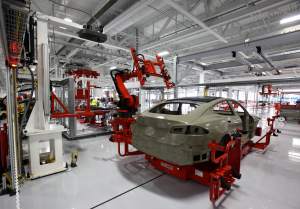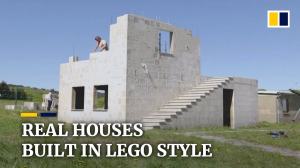Ever since the company revolutionizes the world of driving, today Tesla is experiencing a massive demand for production. However, this involves additional resources and today Elon Musk’s team faces a challenge in order to satisfy the needs of electric cars all over the world at the lowest possible cost. Thus, there is a need to find working solutions in the production process and automation and building its factories at a higher speed.
Starting in 2010 when Tesla bought its first factory from General Motors, it transformed it into one of the most advanced automotive plants. Amazingly enough, they call them Gigafactories. For only one decade appeared two more in Nevada and New York and another one under construction in Texas. Currently, the company is expanding its production sites into two more continents: Europe and Asia.
What is the secret behind this speed of constructing if industrial buildings of this scale took years to construct?
The answer is in the already built template by Musk for his Gigafactories and the offsite building techniques that are used.

Wikimedia / Steve Jurvetson - Flickr
Tesla assembly line at the Fremont Factory.
One astonishing detail is the fact that during the construction process, each team is following the other one in their building steps and they do not start to work until the previous one completed their task.
Sometimes the construction process is not that smooth: this year in Berlin, environmentalists protested against using 15 000 concrete piles in the construction of the factory and on their impact on local nature. As a result, Tesla reconsidered its plan and cut their number to 500 only in its print store.
Despite such challenges, Tesla is an example of a very successful business model, and every year its financial results prove that.
More Tech

Startup Ideas 101 - The Mini Hubble - Lean Canvas Examples
Startup ideas described with lean canvas business template.

What is hidden behind the biggest Apple factory in China?
A real story from the "iPhone city".

How a startup can revolutionize the construction business?
Sustainable blocks mark the end of people in need of a house.

How to make a robot that carves photos into pumpkins?
When an old scientific method helps to write a software for carving a pumpkin.
